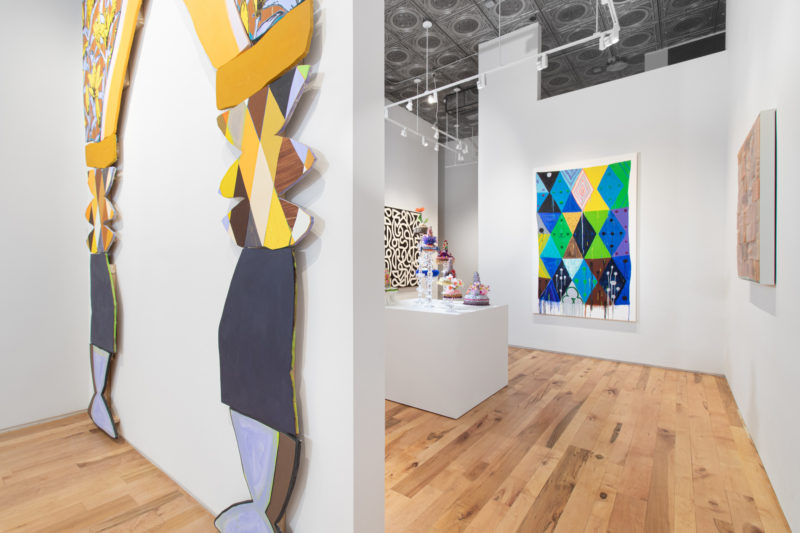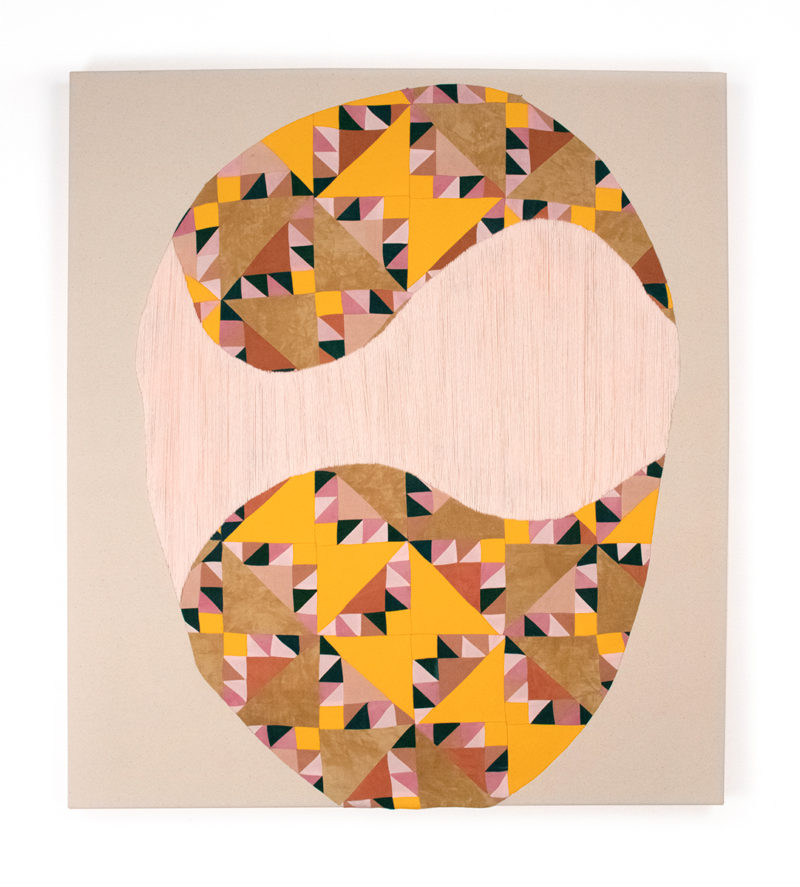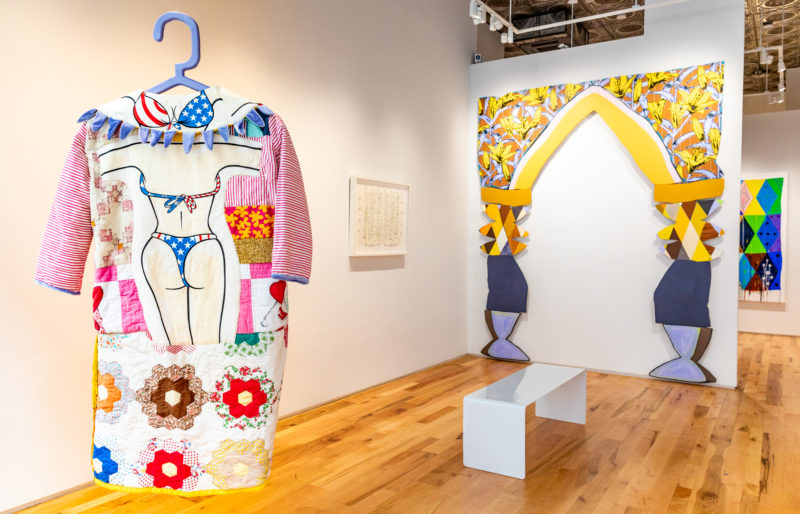
The pandemic is ongoing and confusion persists—and I’m not talking about the Omicron variant. You can’t discuss art in 2021 without mentioning N.F.T.s. Non-fungible tokens stormed the gates of the contemporary-art establishment in March, when Beeple, the nom de keyboard of the digital artist Mike Winkelmann, sold a crypto-art work at Christie’s for more than sixty-nine million dollars. As to the calibre of Beeple’s art, based on my admittedly cursory viewing, I’d say that it’s aptly described in his Instagram bio as…Read More

A double pun centers this show: “fringe” might describe an element of fashion ubiquitous to western attire, or else describe something that occurs at the periphery, the edge of a movement. The material itself is indeed found in this group show at Denny Dimin Gallery—along with quilts, crystals, ribbon, cut paper, and more. But the alternate definition applies as well. With a dozen artists on view, “Fringe” documents the contemporary resurgence of interest in the 1970s Pattern and Decoration art…Read More

August 2, 2021 By Osman Can Yerebakan Writing wall labels for an exhibition at The Museum of Contemporary Art in Los Angeles in 2016 led to curator Anna Katz’s discovery of an American art movement from 1970s. “After completing a Ph.D. in contemporary art, I was astonished to have never heard of Pattern and Decoration and some of its key artists, such as Kim MacConnel,” she tells Interior Design. The first thing Katz embarked on upon becoming the museum’s in-house curator…Read More

In the early nineteen-seventies, a group of American artists who shared an unironic love of craft, vivid color, and kitsch—rebels against the ornamentation-averse restraint of the Minimalists—became known as the Pattern and Decoration movement (a.k.a. P&D). By the mid-eighties, the initial enthusiasm, mostly in Europe, for the group’s paintings, sculptures, ceramics, and textiles had waned. Individual artists succeeded, but P&D was written off as a footnote that was slightly embarrassing. (And also threatening: it’s no coincidence that the group’s focus…Read More
